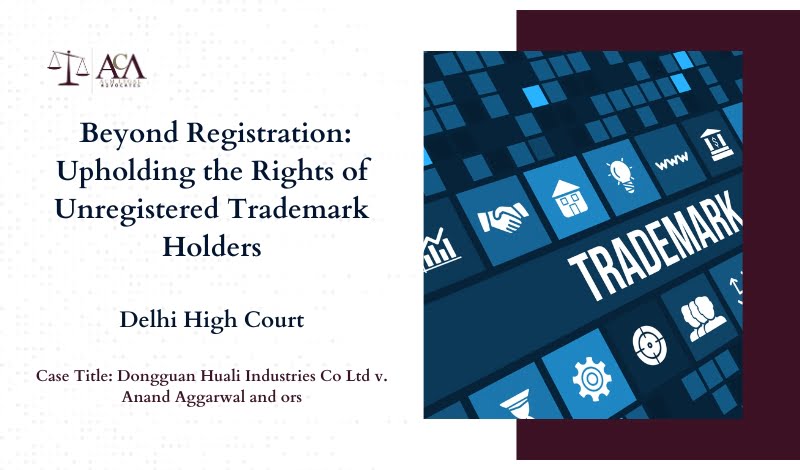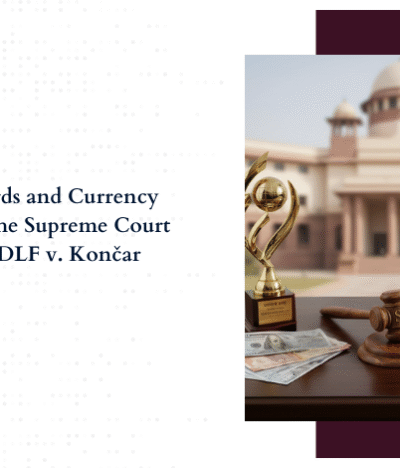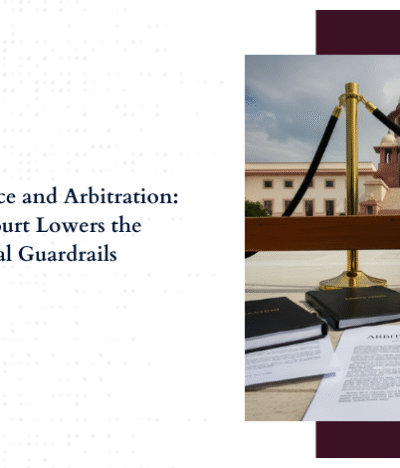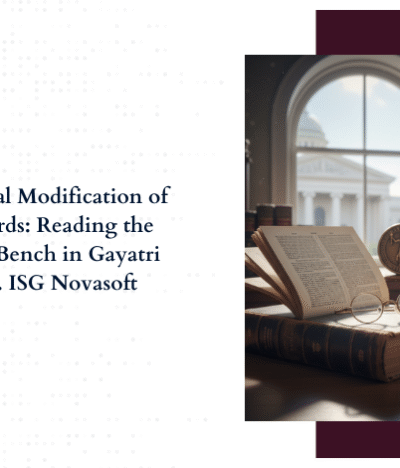Justice Oliver Wendell Holmes famously stated that “the life of the law is not logic but experience.”
This principle underscores how courts can creatively address complex legal issues by drawing on experience. A recent case in the Delhi High Court, Dongguan Huali Industries Co Ltd v. Anand Aggarwal and ors, exemplifies this approach. The primary issue in this case was whether an unregistered trademark could prevail over a registered trademark in a passing-off action, a scenario contrasting with typical cases where the registered mark holder seeks injunctive relief.
Trademarks have been used for centuries as symbols to identify the source of goods and services. The historical journey of trademark protection showcases the transition from ancient symbols to modern legal frameworks. Trademarks serve as essential identifiers, distinguishing goods and services of one entity from those of another, ensuring consumer trust and brand loyalty. The origins of trademark protection can be traced back to ancient civilizations where craftsmen used distinctive symbols to mark their products. During the medieval period, guilds required members to mark their goods to maintain quality and accountability. These early practices laid the groundwork for formal trademark protection.
The Trademarks Act, 1999, establishes a four-tier framework for trademark protection. Initially, it emphasizes protecting registered trademarks, though this protection is conditional upon the mark’s validity (According to Section 28). Concurrently registered marks related to similar or identical products are protected under Section 12. Unregistered marks, to protect their reputation, can institute passing-off actions under Section 27(2). Furthermore, Section 34 of the act allows an unregistered mark to prevail over a registered one. Landmark cases such as Perry v. Truefitt (1842) and Oertli v. Bowman (1957) have significantly influenced the development of trademark law, reinforcing the importance of protecting trademarks, whether registered or not.
Background Of The Case
Huali, a large manufacturer of furniture components, began using the “HUALI” trademark internationally in 2004 and in India in 2007. They consistently marketed their products under this trademark. Meanwhile, a defendant company applied for the “HUALI” trademark in 2008 in India, stating a proposed usage date of August 24, 2008. This registration was granted, even though Huali had already been using the trademark in India since 2007.
Legal Provisions
The case brings into focus two important sections of the Trademarks Act, 1999:
Section 27(2): This section allows for actions against passing off to proceed regardless of the trademark’s registration status.
Section 34: This section states that registering a trademark does not give the right to interfere with or diminish the rights of a person who has been using the mark in commerce previously.
Analysis Of The Case
In the Huali case, the plaintiff sought a permanent injunction against the defendants, both using the “HUALI” mark in the same business. Although the plaintiff was the first user of the mark, it had not secured registration, whereas the defendant had. The Court had to determine how the plaintiff could seek relief. By interpreting Sections 27, 28, and 34 of the Trademarks Act, the Court concluded that trademark registration does not grant absolute immunity from challenges, particularly when prior use and goodwill are substantiated.
The Court stated: Trademark registration does not confer immunity from challenges, particularly when allegations of passing off are substantiated by evidence of prior use. The registration, while offering statutory benefits, does not obliterate prior common law rights established through actual use and accrued goodwill in the market. Thus, the holder of an unregistered mark can protect it and its reputation through passing-off actions under Section 27(2). In conjunction with Section 34, the Court reasoned that an unregistered mark could prevail over a registered one if it meets the criteria outlined in Section 34.
The Court concluded: Therefore, registration, while providing certain statutory protections, does not confer an absolute right – rather, it is contingent upon respecting prior users’ established rights. Thus, if the Plaintiff can demonstrate that they have been using the “HUALI” mark prior to its registration by Defendant No. 1 and that significant reputation and goodwill are associated with their mark, they can substantiate a claim for passing off.
The Supreme Court has previously addressed the scope of Section 34. In NR Dongre v. Whirlpool Corporation, the Court recognized that trademark registration rights are not granted absolute supremacy. The Supreme Court noted: “Neither section 28 nor any other provision of the Act bars an action for the passing off by an anterior user of a trademark against a registered user of the same. In other words, registration of a trademark does not provide a defense to the proceedings for passing off as under section 27(2) of the Act a prior user of a trademark can maintain an action for passing off against any subsequent user of an identical trademark including a registered user thereof.”
This perspective has been reiterated in cases such as S Syed Mohideen v. P Sulochana Bai, where the Supreme Court examined the interplay between Section 28 and Section 34, and Neon Laboratories Ltd v. Medical Technologies Ltd, where the importance of Section 34 in protecting prior use was highlighted. The Delhi High Court’s judgment reaffirms fundamental principles in trademark law concerning the rights of unregistered marks in passing-off actions against registered trademarks. Key principles include:
- Section 34 overrides the protections granted to registered trademarks, as indicated by its non-obstante clause.
- A registered trademark holder cannot prevent the use of an identical or similar unregistered mark if the unregistered mark’s use predates the registered mark.
- Continuous prior use of an unregistered mark entitles its holder to protection and potentially registration, despite the existence of a similar registered mark.
- Section 34 can be used proactively by the holder of an unregistered mark to seek injunctive relief against a registered trademark holder. Registration alone does not preclude such claims.
Conclusion
The case is listed for further proceedings on 01.08.2024. In the dynamic landscape of trademark protection, understanding the nuances between registered and unregistered marks is crucial for businesses aiming to safeguard their brand identity. The historical evolution of trademark laws, from ancient symbols to modern legal frameworks, highlights the ongoing efforts to balance the rights of trademark owners with consumer interests. Comparative analyses across jurisdictions reveal significant differences and similarities, emphasizing the importance of tailored strategies for global operations.
Case studies of successful passing-off claims and the critical role of goodwill and reputation underscore the potential for unregistered marks to receive legal protection. Legal strategies for unregistered trademarks, such as building goodwill and documenting use, are essential in competitive markets. The impact of social media and digital marketing adds a new dimension to trademark protection, presenting both opportunities and challenges that require businesses to remain vigilant and proactive.
Ultimately, the decision to register a trademark should be carefully weighed against the benefits and costs, considering the specific needs and circumstances of the business. By leveraging the available legal frameworks and adopting best practices for trademark use and protection, businesses can effectively navigate the complex terrain of trademark rights, ensuring their brand remains resilient and recognizable in the global market.






